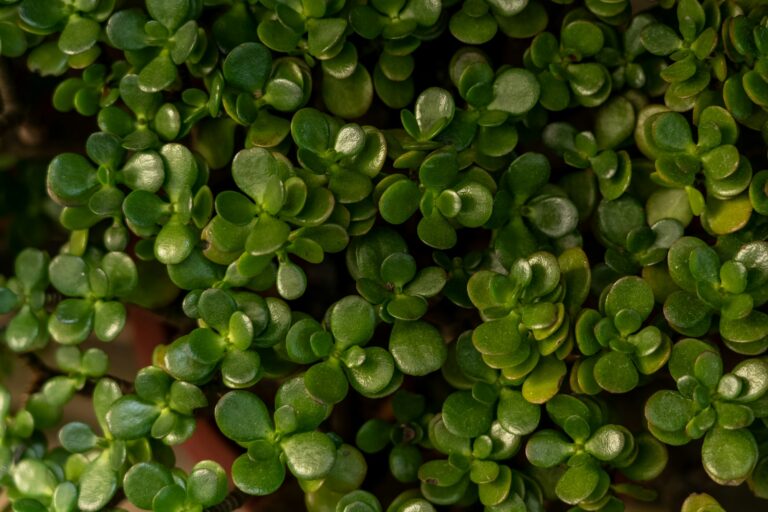A Comprehensive Guide to Identifying Clematis Varieties and Care

If you love beautiful flowering vines, it’s likely you’ll come across the versatile and diverse group of plants known as the Clematis genus. These plants offer a wide range of sumptuous flower colors and blooms that can range from small, nodding bells to extra-large starbursts. With numerous species and hybrids, Clematis offers an extended growing season, providing varieties for spring, summer, and fall flowering times, and many that even rebloom.
In this in-depth and educational guide, we’ll explore the various types of Clematis and how you can identify the vines in your garden. We’ll also delve into the necessary care and pruning techniques based on the specific group to which your Clematis belongs.
Understanding Different Types of Clematis
Clematis is a vast genus of perennials with about 300 species and numerous hybrids. The garden varieties include robust climbing vines like C. jackmanii, shrubby upright types like C. recta, herbaceous species that die back in winter such as C. integrifolia, and non-clinging ground covers like C. jouiniana.
These plants are typically cold-tolerant and deciduous, although there are evergreen species like C. armandii, suitable for areas with mild winters. To make plant identification easier, Dr. John Howells outlined 12 groups based on flowering time, growth characteristics, and pruning requirements.
Here are the classification groups along with descriptions and popular examples:
-
Evergreen Group: Belonging to Group 1, these Clematis flower early and are excellent for mild winter regions. Popular species include C. armandii and C. cirrhosa.
-
Alpine Group: Group 1 includes Clematis alpina, known for their single-to-double nodding bells that bloom in April and May.
-
Macropetala Group: Another Group 1 classification, Clematis macropetala produces purply-blue flowers that hang down like lanterns.
-
Montana Group: Group 1 Clematis montana is known for its massive waves of fragrant flowers in shades of pink to creamy white.
-
Rockery Group: This group includes Clematis marmoraria and C. x cartmanii, suitable for rockeries and ground covers.
-
Early Large-Flowered Group: Group 2 Clematis produce large, open-faced flowers on old wood from the previous year.
-
Late Large-Flowered Group: Group 3 Clematis blossom on new growth only, providing lush, showy flowers.
-
Herbaceous Group: Comprising low-growing, non-twining plants, Group 3 Clematis are excellent for borders and beds.
-
Viticella Group: These robust-growing Clematis produce beautiful velvety flowers and belong to Group 3.
-
Texensis Group: The fiery shades of red and orange flowers from the Texensis Group are remarkable and belong to Group 3.
-
Orientalis Group: The only group with pure yellow flowers, the Orientalis Clematis are vibrant and floriferous.
-
Late Mixed Species Group: This group includes late-flowering, heavily scented species like C. flammula, and C. mandshurica.
Each group has specific pruning requirements, vital for maintaining the health and beauty of your Clematis vines.
Pruning Tips for Each Clematis Group
Here’s a detailed breakdown of how to prune Clematis based on their individual groups:
Group 1
- Flowering Type: Early-season bloomers
- Pruning Technique: These vines flower on old wood and do not require pruning. Light grooming immediately after flowering is sufficient.
Group 2
- Flowering Type: Early-large flowered cultivars
- Pruning Technique: Prune moderately twice a year – once in early spring and after the first wave of flowers bloom. Cut back selectively to encourage continuous flowering.
Group 3
- Flowering Type: Late bloomers
- Pruning Technique: Hard prune in late winter or early spring to promote vigorous new growth. Cut back all stems to around 12 inches.
By following these pruning guidelines according to your Clematis group, you can ensure that your vines remain healthy, vibrant, and beautiful year after year.
Conclusion
Identifying and caring for your Clematis vines can be a deeply satisfying experience, especially when you see them in full bloom. Armed with knowledge about the various types of Clematis and the appropriate pruning techniques for each group, you’ll be well-equipped to cultivate a stunning display of flowers in your garden.
Do you have a mystery plant in your yard that you suspect is a Clematis? Share your stories and photos with us in the comments below! We’re here to help you identify and care for your beautiful blooming vines.
For more tips, suggestions, and information about Clematis, be sure to explore the following resources:
- 5 Reasons Your Clematis May Fail to Bloom
- 19 of the Best Summer Flowering Clematis for the Garden
- 27 of the Best Cold-Hardy Clematis Varieties
- Guide to Clematis Winter Care: Protect Your Vines from Freezing and Frost
With the right knowledge and care, your Clematis vines will be the envy of every gardener!





